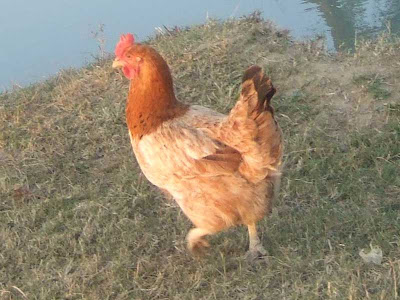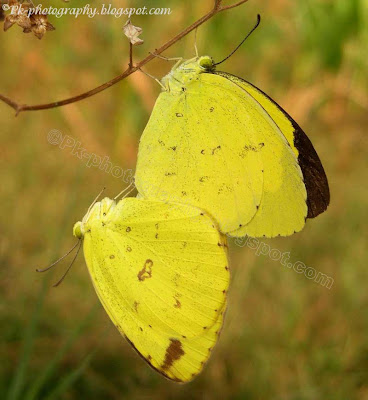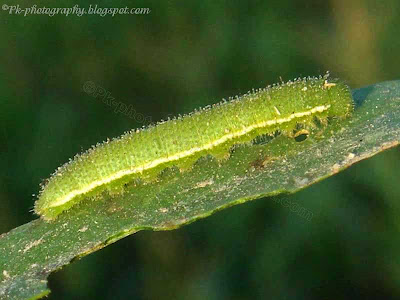Millipedes are arthropods that have two pairs of legs per segment, except for the first segment behind the head which does not have any leg, and the next three segments have only one pair of legs. Young millipedes have only a few pairs of legs. Millipedes have a body that is divided into a head having antennae and a cylindrical or long tube-like trunk. The trunk is segmented. Millipede means "thousand feet", but millipedes actually have between 50 and 150 pairs of legs.
Millipedes are active at night and spend most of their life in moist soil and decaying vegetation. Most of millipedes are nature's recyclers as they eat decaying leaves and other dead plant matter.
Recently I read an article about millipede in India's National Newspaper "
The Hindu", which ravels a study undertaken in Madurai. The article says that millipedes are good alternative to earth worms and their presence have positive impact on plants. Weight and disease resistance of plants increases when millipedes are present. Millipedes convert organic waste into component, which is rich in nitrogen, calcium, potassium and phosphorous. Since millipedes possess rich organic nutrients, they are good for soil fertility.
Millipedes Pictures










































